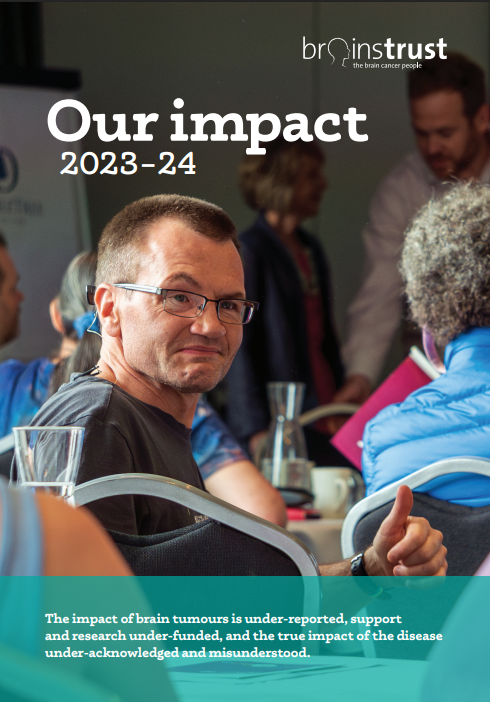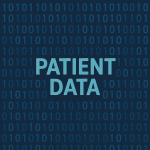Will I have stereotactic radiosurgery (SRS) during the COVID-19 pandemic?
This document is a lay version of guidance published by the Royal College of Radiologists on 6 April 2020. It takes into account NHS England published guidance for non-coronavirus patients with cancer on 23rd March, with a framework for priority setting in oncology. Subsequently, the NICE guideline for radiotherapy delivery was published on 28th March which also provided guidance for patient prioritisation.
This is a good question. SRS delivery is likely to become more complex as the COVID-19 pandemic evolves. This is because some patients are having radiotherapy instead of surgery and there is also a need to carefully balance the risks and benefits of treatment for patients at risk of contracting coronavirus. The risk is not the same as it was even a month ago. For some patients the risk of catching COVID-19 (which could be lethal) outweigh the risk of not having the treatment. Please bear this in mind when you are talking with your clinical team. Nobody wants to cancel your appointments or change your treatment pathway if they can help it.
For more information about radiotherapy and the different ways it is used to treat brain tumours you can download our resource here.
And to help with living with uncertainty you might find our Know How helpful.
Non-malignant brain tumours
These include grade 1 meningiomas.
As per the NICE radiotherapy guideline, and in line with the Neuro-oncology guidance document, the recommendation is not to treat non-malignant conditions with radiotherapy unless there is an immediate threat to life or function. So in response to the COVID-19 pandemic, many radiotherapy centres have suspended treatment for non-malignant brain tumours.
Brain Metastases
These are brain tumours that have spread from another cancer site.
- Your team will prioritise patients suitable for SRS using the NICE radiotherapy framework.
They will consider such things as if a delay to treatment would lead to neurological deterioration or possible need for surgery, which may be increasingly difficult to access.
- Treatment of brain metastases, as a palliative intervention, would usually be a lower priority.
- Patient visits should be minimised, and time spent at hospital should be kept as short as possible.
- SRS will be used in cases where surgical resection may normally be considered, if access neurosurgery is hard.
- Alternative treatments (e.g. conventional radiotherapy) will be considered as these may be suitable on an individual patient basis.
General Points
Cancer treatments may become more centralised due to capacity/resource issues. This means that referral to an SRS centre outside of the usual place of care may be sought for some patients. In this situation, careful consideration will be given to the significant risk a patient may be exposed to by travelling to another centre in the context of the COVID-19 pandemic. In all cases the management plan will discussed with the SRS centre and also the patient’s multi-disciplinary team.










